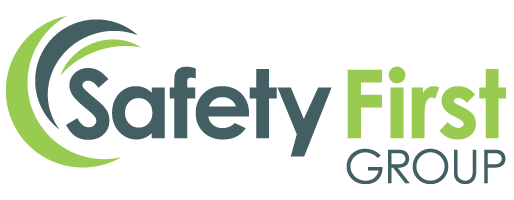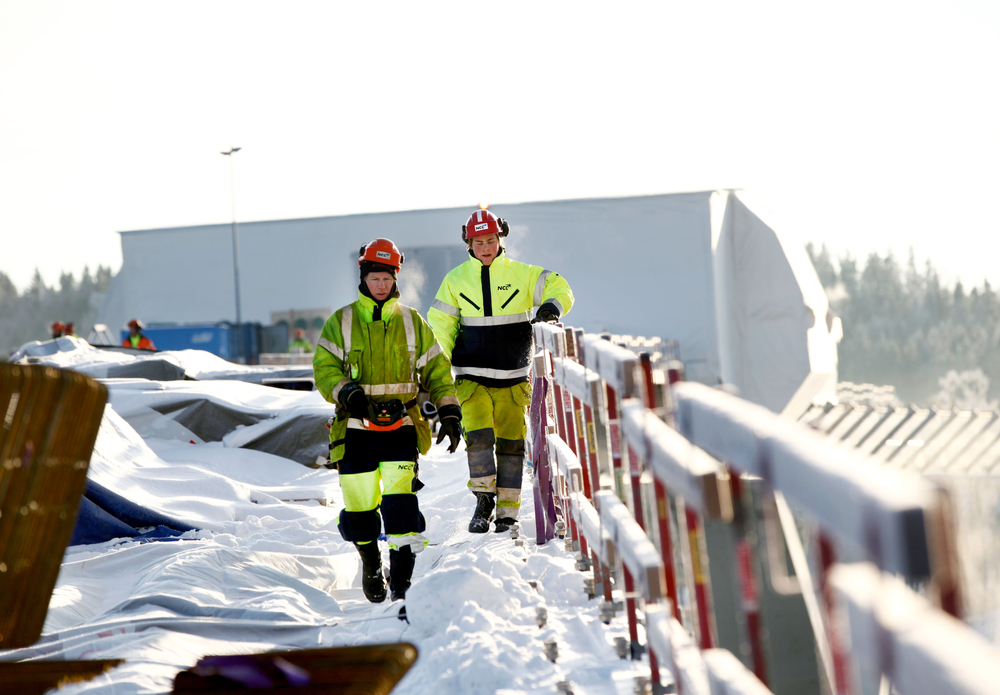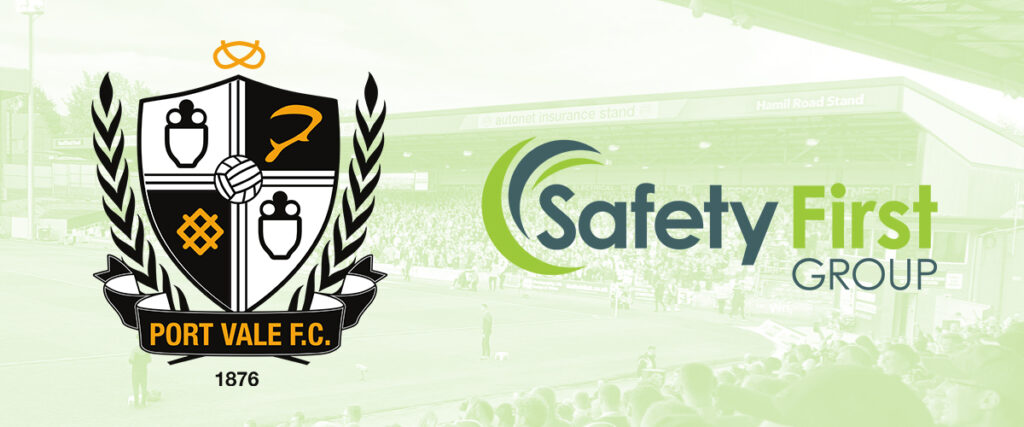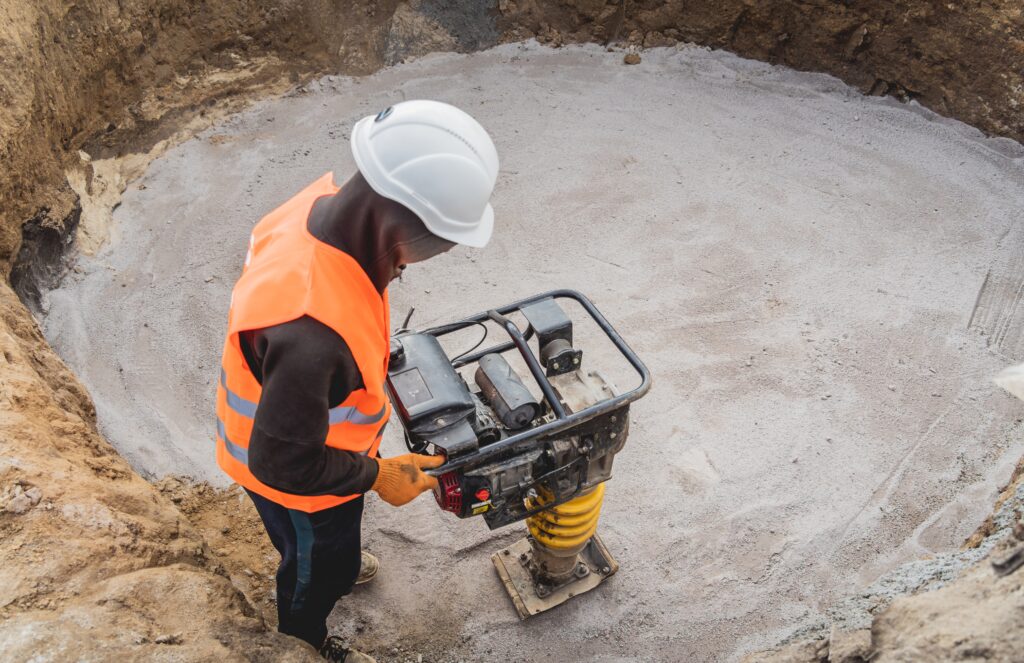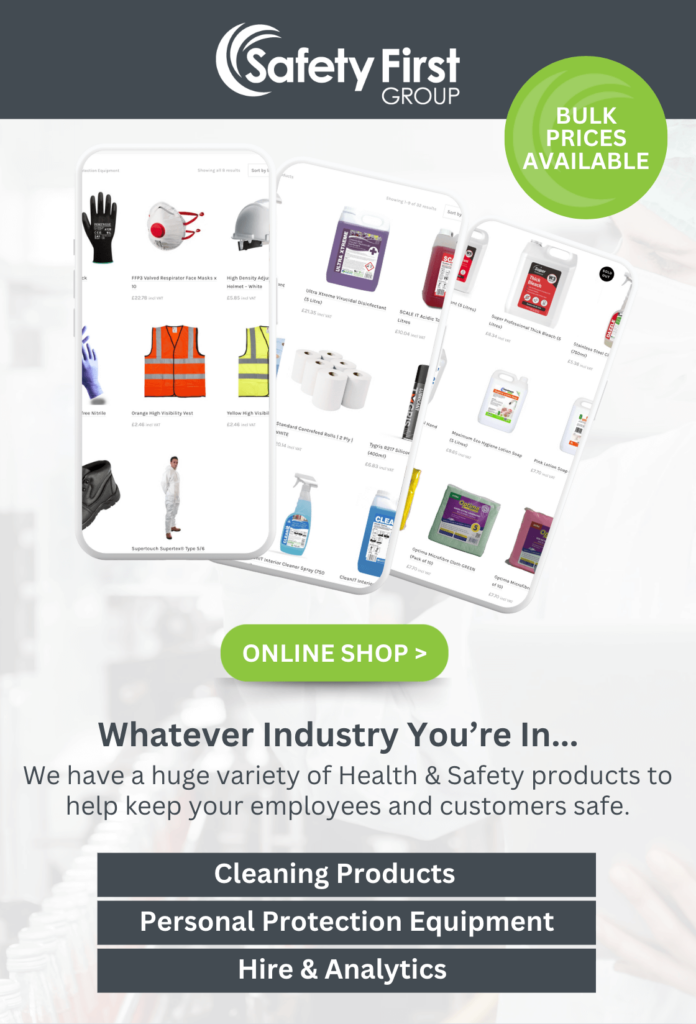This week is COPD awareness week so it is important to raise awareness of the symptoms of occupational lung disease. Being proactive with managing a workforce at risk of developing occupational lung disease will help with your legal responsibilities as an employer.
For manufacturers, occupational lung disease is high risk due to the types of materials and machines being used. In our previous blog on baker’s asthma , we have touched on Occupational Lung Disease. In addition we have helped highlight the BOHS Autumn/Winter ‘breathe freely’ campaign. Yet despite many campaigns targeted to construction and manufacturing, 12,000 deaths per year are estimated to be linked to inhalation of harmful substances at work.
Symptoms of occupational lung disease
It can be easy to overlook a lingering cough, shortness of breath or a sore throat, especially during the cold months. We’ve become a nation used to taking painkillers and carrying on! However, behind these common cold and flu-like symptoms could be a long term health complaint.
UK doctors have warned that these familiar symptoms shouldn’t be ignored. Instead they should be treated as early warning signs of occupational lung disease, especially when symptoms don’t subside. Common types of lung disease include asthma, COPD (chronic obstructive pulmonary disease), pneumonia and lung cancer.
As employers you have a legal duty to ensure that workers’ long term health is not affected by the work they do. Sometimes long term health problems aren’t picked up due to lack of ongoing health surveillance, especially for their most vulnerable employees. But what are the warning signs of occupational lung disease that need to be monitored?
1. Shortness of breath
Whilst it is true that overall lung function can worsen with age, sudden shortness of breath performing ‘normal’ activities isn’t normal. This could be an early warning sign that workers need to see a doctor for a health check. General advice to employees should be that if they start to get out of breath walking up stairs, or if they feel more ‘winded’ than usual and they are working with harmful substances that could be inhaled then they need to seek medical attention.
Additionally, if a worker is noted as being ‘wheezy’ or having noisy breathing, this needs to be treated as a red flag. Low mood or lack of energy could also be attributed to lung problems, so it’s really important that regular monitoring of at-risk staff is prioritised.
2. A cough that doesn’t go away
At some point we’ve probably all had a chest infection that lingers. However, a cough or chest infection that doesn’t go away after a few weeks should be ringing alarm bells! As well as being one of the red flags for lung cancer, asbestos related lung problems can also start with a lingering cough. If an employee has reported a cough longer than 8 weeks, or seems to be coughing up mucus, acting quickly could make all the difference.
People working in Industries such as manufacturing, construction, mining and agriculture are particularly at risk of contracting occupational lung disease. Prioritising occupational hygiene and health surveillance in these industries is essential.
3. Chest pain or chest tightness
Often ruled out as anxiety or heartburn, chest pain or tightness should not be underestimated. A sharp stabbing pain when breathing in could be early warning signs of pneumonia. This needs to be investigated by a health professional. Equally, chest tightness (often linked to anxiety) can also be COPD. As the airways become tight and can’t allow air to pass through them with ease, this makes it harder to breathe. If anyone has noticed a worker struggling with chest pain or tightness, they need to be flagged as a concern and investigated as a priority.
Early intervention saves lives
Regular monitoring of high risk employees will help your business stay one step ahead of your legal requirements with the HSE. Occupational lung disease is often treatable if discovered early, which means that health monitoring is essential in protecting workers and your business from fines due to non-compliance. Additionally, regular exposure monitoring to find out levels of contaminated airborne particles is also one step you can take to ensure you are safeguarding employees.
More about our occupational hygiene services and how we can help manage high-risk employees can be found via our dedicated service pages, or you can contact us here.
